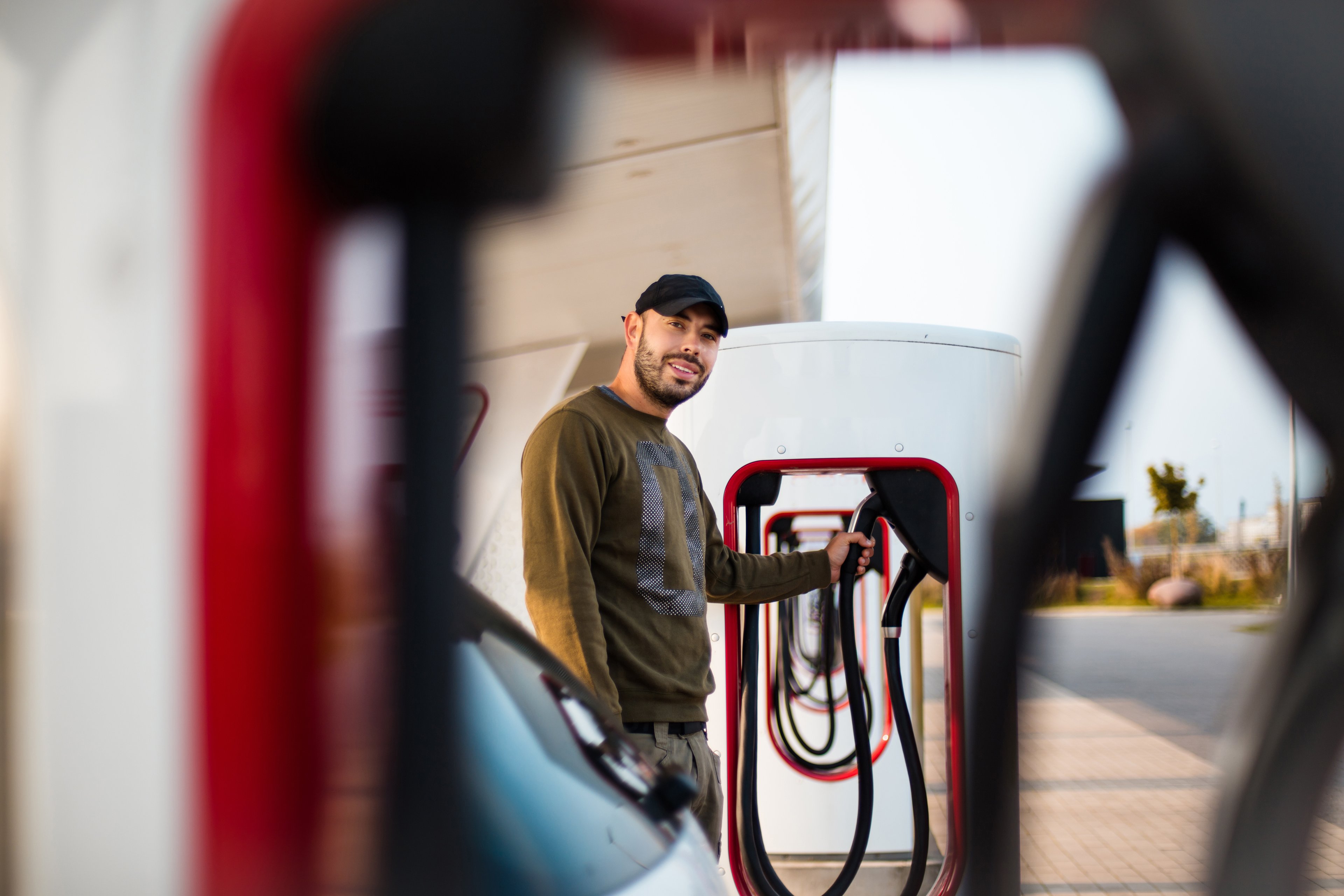Since even before its IPO, top electric-car maker Tesla (TSLA 0.16%) has faced tough questions about its future. First, people wondered if there was actually a market for electric vehicles. Then, they questioned the battery technology. After that, they were skeptical about the economics of manufacturing a mass-market electric car.
Throughout it all, Tesla's reputation, its footprint, and -- for the most part, anyway -- its share price grew and grew and grew (as did its debt load; more on that later). Now, after three straight quarters of profitability -- a company first -- the big question is where Tesla will be five years down the road.
Here's what investors can expect from Tesla in 2025.

Image source: Getty Images.
Still in debt
It's easy to forget, but Tesla's original strategy was to introduce a luxury sports car (the Roadster) at a very high price point, then a luxury sports coupe (the Model S) at a slightly lower price point, and finally a mass-market sedan (the Model 3) at a more affordable price point. It also threw in the crossover Model X for good measure.
Ramping up production on the Model 3 -- which still ain't a cheap car -- is what allowed Tesla to finally start turning a profit, and to generate significant operating cash flow. Getting there, though, wasn't half the fun, at least not as far as Tesla's balance sheet was concerned. It takes a massive amount of planning and infrastructure to successfully mass-produce a vehicle -- any vehicle. And when it's a technologically advanced vehicle like an electric car with an extensive software system and self-driving capabilities, it takes even more planning and infrastructure...and tons of money.
Tesla's balance sheet is currently home to more than $12.4 billion in long-term debt. Meanwhile, its trailing operating cash flow is just $2.6 billion. And that cash flow is very spotty: Tesla burned $440 million in Q1, for example. In other words, it's going to take a long time for Tesla to pay off (or even pay down) that debt load -- certainly more than five years.
Still popular
For years, Tesla benefited from its "first mover" status: From 2008 through most of the 2010s, if you lived in the U.S. and wanted to buy an electric car that wasn't a compact hatchback or a glorified golf cart, you needed to buy a Tesla. Meanwhile, with the exception of Nissan's Leaf, major automakers dragged their feet before getting into the plug-in electric vehicle market, preferring instead to focus on hybrid offerings.
In recent years, we've heard intermittent rumors of a "Tesla Killer", such as 2019's Porsche Taycan and Ford Mach-E crossover SUV. Although these may turn out to be good cars in their own right, Tesla's real competition seems to be itself, as Model S and X sales tumbled in the wake of the Model 3's debut. It's worth remembering, though, that Tesla's plan all along has been to transition to higher-volume sales of lower-priced models.
There's an undeniable "cool factor" about Teslas, though, that's unlikely to dissipate in five years. Even its futuristic Cybertruck -- a subject of immediate ridicule after its 2019 reveal -- has posted strong preorder numbers. Now, preorders aren't sales, but clearly Tesla is a popular brand. In fact, according to Brand Finance's annual global brand report, it's the fastest-growing brand in the world in terms of value, worth $12 billion in 2019, a 65% increase over 2018. And with the company preparing to open new Gigafactories in Shanghai and Berlin, Tesla should be able to ramp up production to meet the demand that comes with a valuable brand name.
Still questionable
From almost the moment it made its debut on the public markets, Tesla has faced questions about its viability. CEO Elon Musk has done little to help ease those concerns, with a track record of missing self-imposed deadlines and some questionable business decisions, like the purchase of solar panel installer SolarCity in 2016. He's a wild card when it comes to making any predictions at all about Tesla's future.
But even if Musk's plans pan out, and Tesla is able to remain popular and ramp up car production to meet demand, it's not going to be completely out of the woods. The stock's current price of more than $800 per share gives it sky-high valuation metrics. As a car company -- a comparatively low-margin business -- Tesla is unlikely to ever be able to outperform enough to justify its lofty valuation.
Throw in a potential slowdown in global auto sales -- selling cars is a cyclical business, after all -- and potential technological advances by rivals, and I expect we'll still be seeing headlines in five years wondering if Tesla is everything it's cracked up to be.
But I do think we will still be reading headlines about Tesla in five years. The foundation is built and the company is rapidly expanding. It would take a pretty big catastrophe to wipe it away completely in such a short span of time.
Still overvalued
I don't know where Tesla's stock will be in five years. However, with its often-volatile share price only about 10% below its all-time high, Tesla looks prohibitively expensive even for the most bullish investors. Heck, Musk himself recently tweeted that the stock was overvalued.
Tesla certainly has a future, but continuing supercharged growth is far from guaranteed. Investors should probably wait for a better price point before jumping in.









